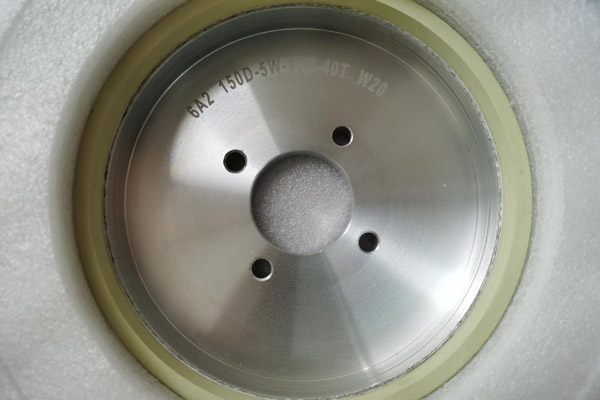Diamond grinding wheels are essential tools in various industries, including construction, manufacturing, and metalworking. These wheels are known for their exceptional durability and precision in grinding and shaping hard materials. However, choosing the right diamond grinding wheel can be a daunting task, considering the wide range of options available in the market.
1. Material Compatibility
The first and foremost factor to consider is the compatibility of the diamond grinding wheel with the material you intend to grind. Different wheels are designed for specific materials such as concrete, stone, metal, or glass. Ensure that the wheel you choose is suitable for the material you will be working with to achieve the desired results.
2. Wheel Size and Shape
Diamond grinding wheels come in various sizes and shapes, including flat, cup, and dish-shaped. The size and shape of the wheel should align with the specific grinding task at hand. Consider the surface area you need to cover and the depth of the grinding required to select the appropriate wheel size and shape.
3. Grit Size
The grit size of a diamond grinding wheel determines its coarseness or fineness. Coarser grits are ideal for rough grinding and removing larger amounts of material, while finer grits are suitable for achieving a smooth finish. Assess the level of precision and surface finish required for your project and choose the grit size accordingly.
4. Bond Type
The bond type of a diamond grinding wheel refers to the material that holds the diamond particles together. Common bond types include resin, metal, and vitrified bonds. Each bond type offers different characteristics in terms of hardness, heat resistance, and durability. Consider the nature of your grinding application and select the bond type that best suits your needs.
5. Wheel Concentration
The concentration of diamond particles in the grinding wheel affects its cutting efficiency and lifespan. Higher diamond concentration provides better cutting performance but may result in a shorter wheel lifespan. Evaluate the intensity of the grinding task and strike a balance between cutting efficiency and wheel longevity.
6. Operating Speed
The operating speed of the grinding wheel should match the speed of your grinding machine. Exceeding the recommended speed can lead to wheel damage or even accidents. Always refer to the manufacturer's guidelines and ensure that the wheel's maximum operating speed is compatible with your equipment.
7. Brand Reputation and Quality
Lastly, consider the reputation and quality of the brand you are purchasing from. Opt for well-established manufacturers known for producing high-quality diamond grinding wheels. Read customer reviews and seek recommendations to ensure reliability and longevity of the product.
Selecting the right diamond grinding wheel is crucial for achieving efficient and precise grinding results. By considering factors such as material compatibility, wheel size and shape, grit size, bond type, wheel concentration, operating speed, and brand reputation, you can make an informed decision that meets your specific grinding requirements. Remember, investing in a high-quality diamond grinding wheel will ultimately save you time, money, and ensure optimal performance in your grinding applications.
